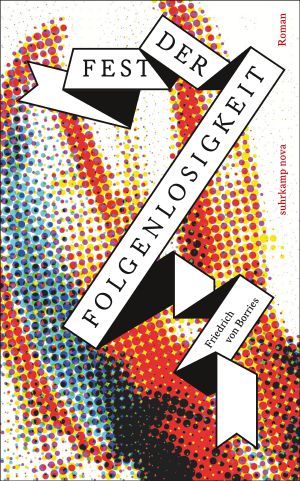The...
Germans have long shown an interest in Native American and cowboy culture. But after World War II, this »hobby« became something more – at least in East Germany. In real socialism, after all, the »Wild West« meant one thing above all others: America. And since that was where the »imperialist enemies of the people« ruled, the cowboys and Native Americans of the GDR were positioned squarely in the tension-filled arena of political symbolism.
The GDR Native Americans received official legitimation as representatives of the victims of US imperialism, while the cowboys were identified with America’s rural proletariat. Both were incorporated into socialist education accordingly. In East Germany, then, a game of »cowboys-and-Indians« was much more than an extravagant leisure activity: it reflected the cultural and political peculiarities of the state. Wild West enthusiasts were monitored and undercut by the Stasi and met with repeated state repression; at the same time, they were supported by the government and exploited for specific political purposes. The »Wild West« in East Germany is a prime example of the conflict between resistance to the dictatorship, conformance to the system and enthusiastic embrace of socialism. Together, the authors of Socialist Cowboys set out to discover what life was really like on the »GDR Reservation« – and what happened to its inhabitants once the Wall fell and they were finally able to visit the Promised Land.
»We share similar points of departure, we and the American Indians – the GDR was, after all, also a Reservation.« An Indian chieftain from Saxony
»We wanted to join the American Indians as comrades-in-arms in the fight against imperialism.« A solidarity-Indian from the Vogtland
»We were the inner rebels.« A cowboy from Thüringen
Persons
Friedrich von Borries
Jens-Uwe Fischer
OTHER PUBLICATIONS

Caught in the Titotality Machine

Festival of Inconsequentiality
Manager Cornelia tasks curator Florian with creating a museum for ecological art for the »Sustainability in German Industries Foundation«. What would a life look like that remained – in an ecological sense – as inconsequential as possible?
Through his project, Florian meets artist Lisa, who plants trees to produce charcoal for her installations and drawings – and...

To Project the World
Years ago, designers drafted things. Today, almost everything is being designed: the climate, processes, refugee camps. But if everything is being designed, it’s time to stop evaluating design...
Spanish world rights (Metales Pesados)

RLF
He’s made a lot of money on campaigns for the fashion industry, but when he gets swept up in the unrest he comes to realise: capitalism must be overthrown, and it must...

Climate Capsules
Arabic world rights (NCT)

Home from Home
Brazilian Portuguese rights (Editura Nau)
